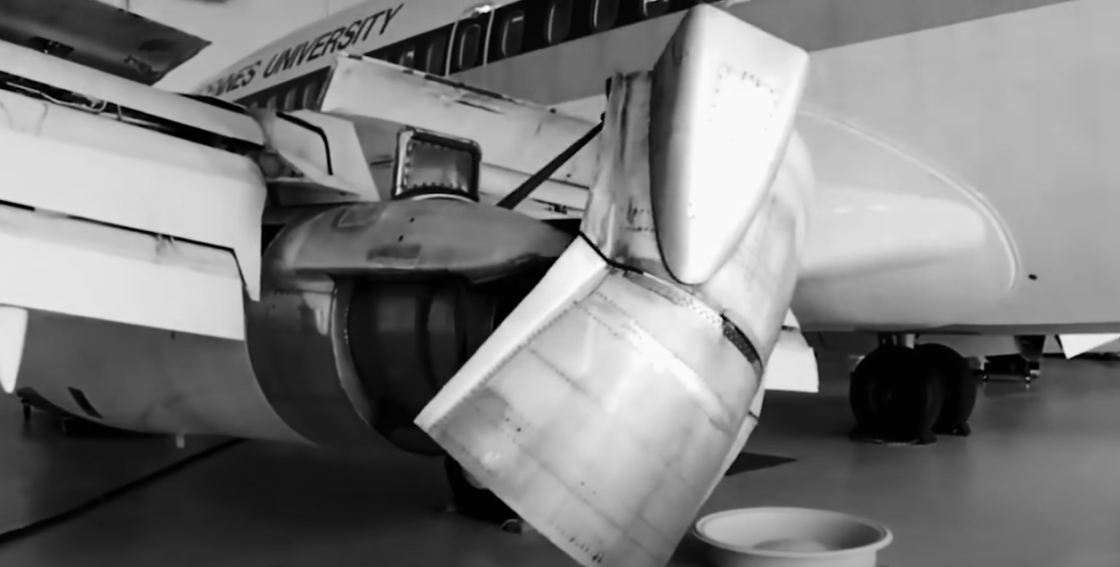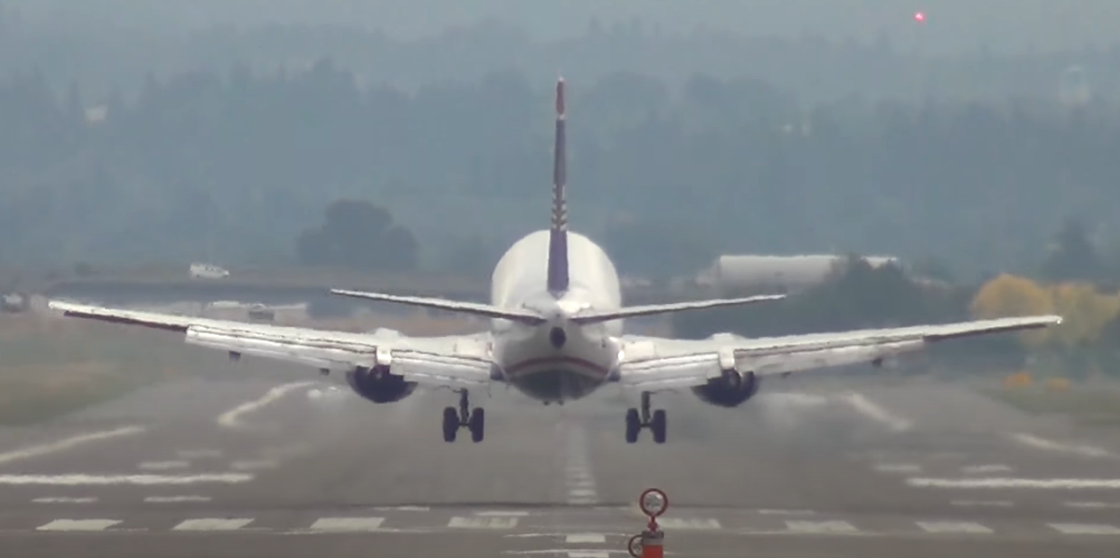A Deep Dive into the Price of a Boeing 737

As we begin to navigate the financial landscape of the Boeing 737, one must first understand the concept of “list prices”. This term refers to the baseline prices provided by manufacturers like Boeing for their aircraft. Even though they offer a starting point for negotiations, the final price can differ significantly. As of my knowledge cutoff in 2021, the following are the list prices for various models of the 737:
- Boeing 737-700: $89.1 million;
- Boeing 737-800: $106.1 million;
- Boeing 737-900ER: $112.6 million;
- Boeing 737 MAX 7: $99.7 million;
- Boeing 737 MAX 8: $121.6 million;
- Boeing 737 MAX 9: $128.9 million;
- Boeing 737 MAX 10: $134.9 million.
It’s vital to note that these prices are subject to substantial discounts, particularly when purchasing large quantities of aircraft or during periods when the manufacturer is keen to secure new business. Hence, it’s not uncommon for airlines to negotiate discounts between 40% to 60%.
Deeper Discounts and the Art of the Deal
When it comes to purchasing a Boeing 737 aircraft, the list price serves as a reference point, but in reality, the final negotiated price can vary significantly based on several factors. Airlines engage in negotiations with Boeing to secure the best possible deal, and the outcome is influenced by a diverse pricing ecosystem. Let’s explore the key factors that play a crucial role in determining the discounts and final pricing:
Order Size
The scale of the aircraft order is a major determinant in negotiations. Airlines seeking to purchase aircraft in bulk are more likely to gain leverage during the negotiation process. Manufacturers like Boeing prefer larger orders, as they provide stability and predictability in their production and sales. Consequently, airlines placing substantial orders for multiple Boeing 737s have an advantage in negotiating deeper discounts, making it financially appealing to buy in larger quantities.
Customer Loyalty
Within the airline industry, loyalty holds considerable value. Airlines that have a consistent history of buying from Boeing are rewarded with more favorable pricing. Building a long-term relationship and remaining loyal to Boeing can significantly impact the negotiation process, leading to better terms and discounts for the purchasing airline. This incentive encourages airlines to maintain strong business ties with the manufacturer, benefiting both parties.
Market Conditions
The principles of supply and demand apply to the aviation industry. In a buyer’s market, where the supply of aircraft exceeds the demand, airlines have a stronger position to negotiate substantial discounts. During such periods, Boeing may be more willing to offer competitive pricing to attract buyers and maintain its market share. Additionally, economic downturns or challenging market situations can lead to extended discounts, providing further opportunities for airlines to secure more cost-effective deals.
The Final Price
Considering these influential factors, it’s quite common for airlines to secure a final negotiated price that is significantly lower than the initial list price for a Boeing 737. The ability to leverage these factors allows airlines to optimize their procurement costs and make economically sound decisions when expanding or updating their fleet.
To illustrate the potential discounts, let’s take a hypothetical scenario:
| Factor | Influence on Negotiation | Discount |
|---|---|---|
| Order Size | Large order for multiple aircraft | Up to 20% off list price |
| Customer Loyalty | Consistent buying history from Boeing | Up to 15% off list price |
| Market Conditions | Buyer’s market or economic downturn | Up to 25% off list price |
In this example, if an airline places a substantial order for multiple Boeing 737s while also demonstrating strong brand loyalty and benefiting from a buyer’s market, they could potentially secure discounts of up to 60% off the list price. This significant reduction in the negotiated price enables airlines to make cost-effective choices and boosts their competitiveness in the aviation industry.
Customization: A Key Price Influencer

The degree of customization required is a significant factor that can dramatically impact the cost of a Boeing 737. Analogous to purchasing a car, optional extras can quickly inflate the price. Below are some of the key customizable elements and their potential impact on the overall cost:
- Interior Configuration: The choice of different seating configurations can influence the cost. For example, the inclusion of luxury or business class seating will be more expensive than economy class seating. Depending on the airline’s target market and brand positioning, the interior layout can be modified extensively, leading to higher costs;
- In-flight Entertainment Systems: The choice of in-flight entertainment can impact the price. For instance, seat-back entertainment systems are typically more expensive than overhead systems due to the additional hardware and installation costs. Furthermore, the type and extent of in-flight connectivity solutions, such as WiFi, also play a role in determining the cost;
- Avionics and Navigation Systems: The avionics suite is the electronic nerve center of an aircraft, controlling its systems and enabling navigation. Advanced avionic systems offer improved performance and safety but come with a higher price tag;
- Engine Selection: Airlines can often choose between different engine manufacturers. The choice of engine can influence both the upfront cost and the operating cost of the aircraft. For instance, more fuel-efficient engines, while potentially more expensive initially, could lead to significant savings over the aircraft’s lifecycle.
Interior Configuration and Impact on Cost
Boeing offers a wide range of interior configuration options to its customers, each with its own associated costs. The Boeing 737 can be configured to cater to different markets, from low-cost carriers with high-density seating to luxury airlines that opt for a more spacious layout. Here are some factors to consider:
- Class Configuration: An airline can choose a single-class (all economy), two-class (business and economy), or even a three-class (first, business, and economy) configuration. The inclusion of business or first-class seating, which requires more space and high-quality materials, will increase the cost;
- Seating Capacity: The total number of seats installed will influence the cost. More seats mean more materials, labor for installation, and potential changes to onboard systems, such as the in-flight entertainment system or the galley;
- Galley and Lavatory Configuration: The size and number of galleys and lavatories onboard will affect the cost. Larger galleys to support full meal service or additional lavatories for passenger comfort will increase the cost;
- Cabin Material and Aesthetics: The selection of cabin materials, from the seat fabric to the cabin walls and ceiling, can vary in cost. Higher quality materials that offer improved durability or aesthetics will come at a higher price.
Running Costs: An Ongoing Expense

While the initial purchase cost of a Boeing 737 is significant, the operating costs can also be substantial and are a key consideration for airlines. These include:
- Fuel Costs: Fuel is typically the most significant ongoing cost for any aircraft. The fuel efficiency can vary between different 737 models and also depends on factors like payload and flight distance;
- Maintenance and Repair Costs: Regular maintenance is necessary to keep an aircraft in airworthy condition. These costs include routine maintenance, parts replacement, and unforeseen repairs;
- Crew Costs: The salaries of the flight and cabin crew, as well as their training and certification costs, contribute to the running costs;
- Insurance: The cost of insuring an aircraft can vary based on factors like the aircraft’s age, the airline’s safety record, and the regions the aircraft will be flying in.
Conclusion
The cost of a Boeing 737 extends far beyond its list price. Numerous factors, including the negotiation of the deal, customization of the aircraft, and running costs, influence the final price. Despite the significant investment, the 737 remains a popular choice among airlines for its reliability and efficiency.
FAQ
The cost of a used Boeing 737 can vary greatly depending on factors like the aircraft’s age, hours flown, maintenance history, and the current market demand. As of 2021, prices can range from around $10 million for older models to over $50 million for nearly new aircraft.
Leasing costs can vary depending on the length of the lease, the age and condition of the aircraft, and market conditions. Rough estimates as of 2021 suggest that a new Boeing 737 could cost around $200,000 – $350,000 per month to lease.
A Boeing 737 typically undergoes minor checks every few months, more extensive checks annually, and major checks (also known as D-checks) approximately every six years. These checks ensure the aircraft remains in a safe and airworthy condition.
A Boeing 737-800 burns approximately 750 gallons of fuel per hour. However, this can vary based on factors such as weight, speed, and altitude.